Someday, when humankind outgrows planet Earth, we might aim to build a habitat so vast we could never overpopulate it.
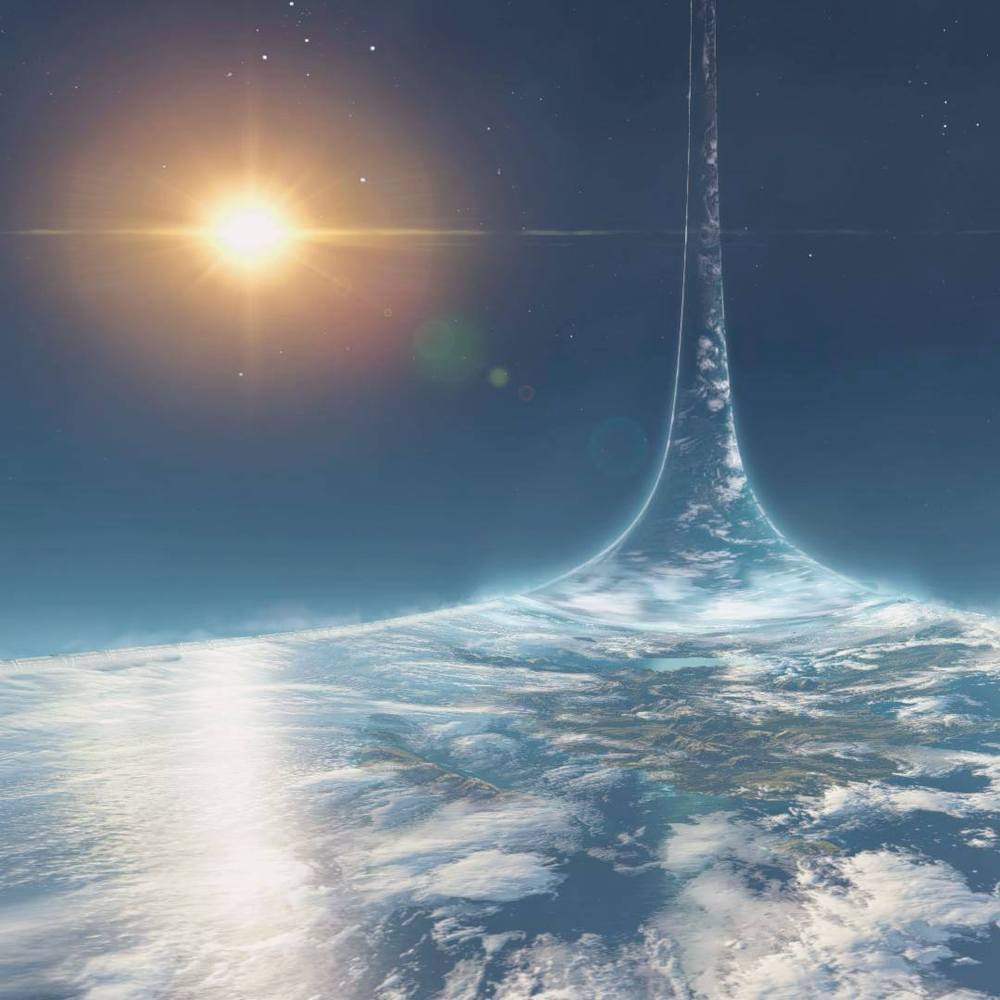


This week’s Hubble Picture of the Week is a view of the stunning and unusual Messier 62 cluster in the constellation of Ophiuchus.
A globular cluster is a group of thousands of stars which are bound together by gravity, and which move across the sky as one group. The strong gravity means that most such clusters are perfectly spherical, like the neat and orderly Messier 3 or Messier 28 clusters.
But in the case of Messier 62, we see something different. The cluster is warped, with a long tail of stars which stretch out to one side to form a shape like a comet and its tail. It is thought that this distortion is due to Messier 62’s close proximity to the center of the galaxy, where strong gravitational forces from outside the cluster create tidal forces which pull some of the cluster toward the center.
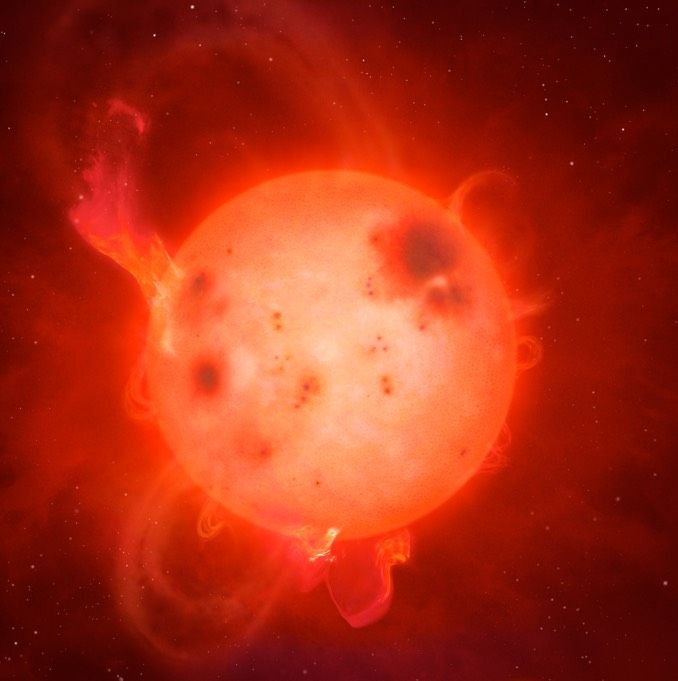
A small, borderline star about the size of Jupiter some 250 light years from Earth has been caught in the act of emitting an enormous superflare, releasing the equivalent of 80 billion tons of TNT while triggering a 10,000-fold increase in brightness.
The flare was 10 times more powerful than any known outburst from the Sun, including the Carrington event in 1859 that disrupted telegraph services around the world and caused strong, widespread auroral displays.
“The activity of low mass stars decreases as you go to lower and lower masses, and we expect the chromosphere (where flares originate) to get cooler or weaker,” said James Jackman, a doctoral student at the University of Warwick and lead author of a paper about the eruption.
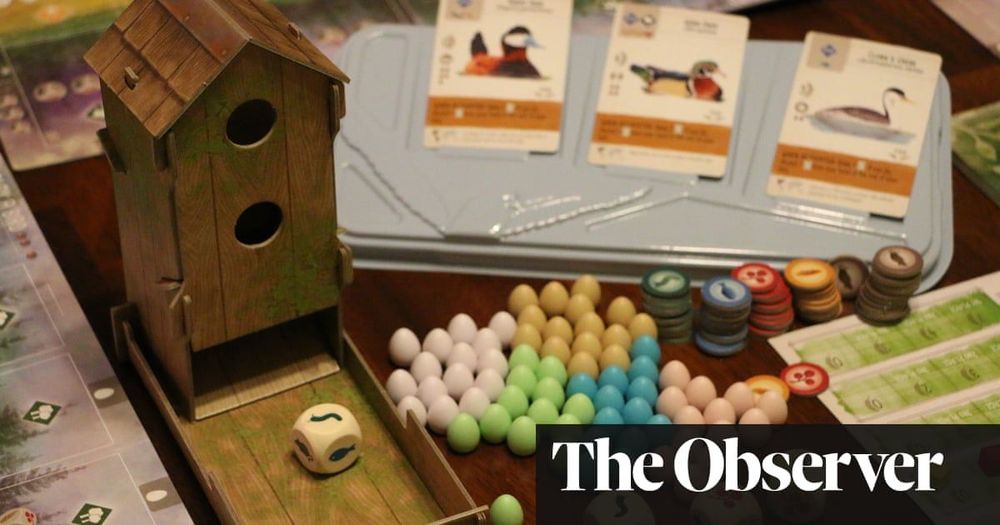
Science-themed board games are an increasingly popular way to learn about everything from atom building to colonising space.
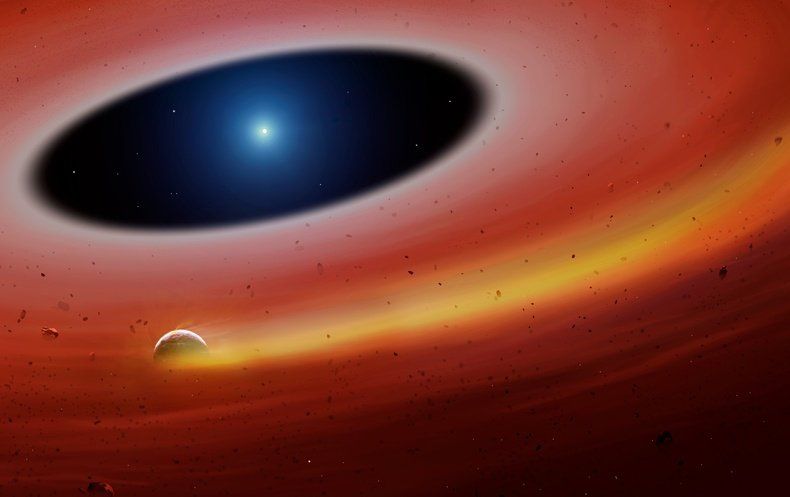

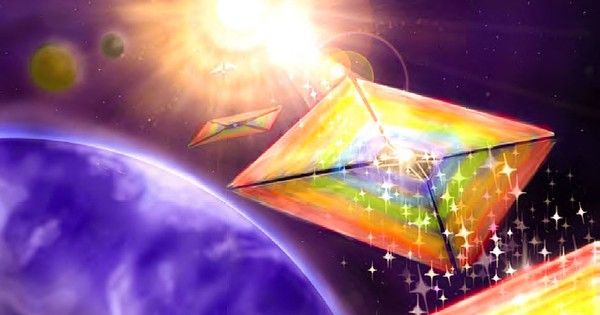
NASA has announced the 18 projects awarded funding in its NASA Innovative Advanced Concepts (NIAC) programme.
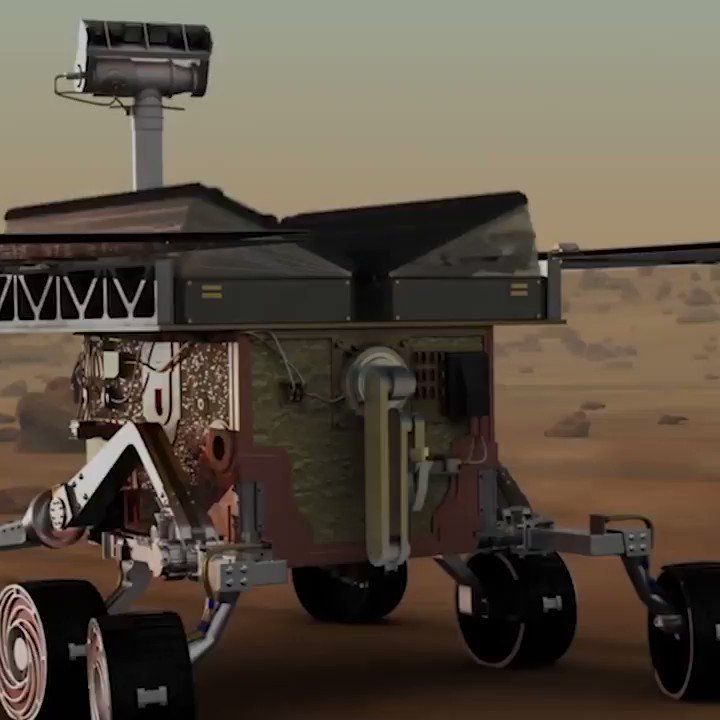
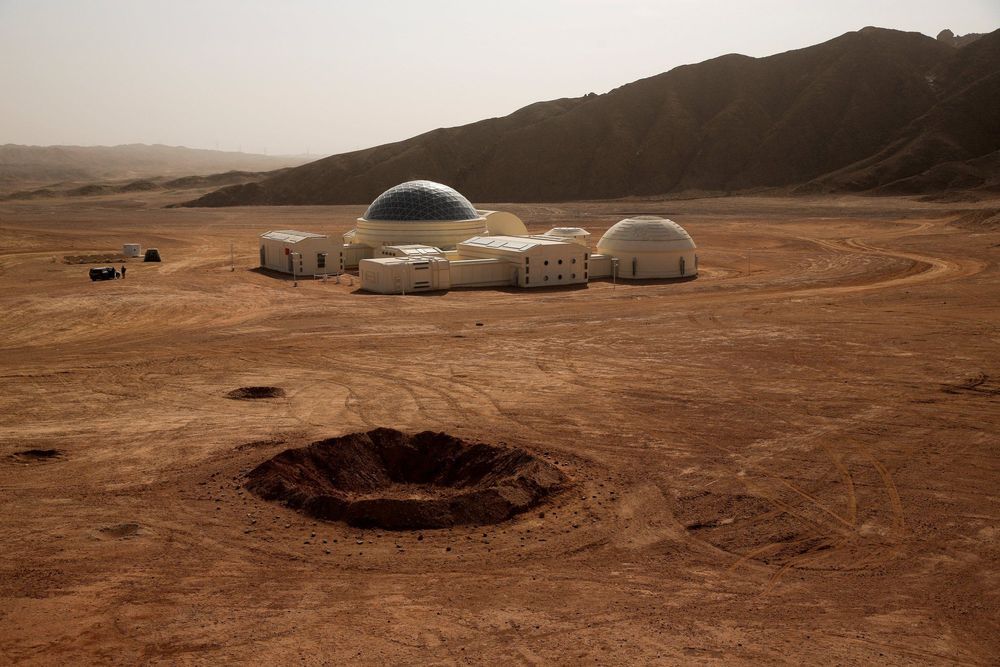
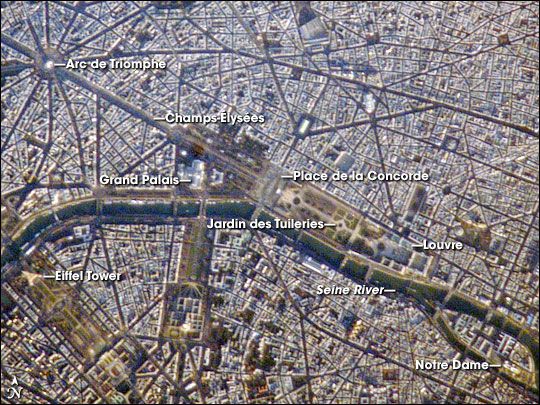
Tourist spots in Paris, France… including Notre Dame. #NotreDame
A crisp, clear winter day over France provided the International Space Station a detailed view of the city of Paris. This image, rotated and cropped from the original, shows the recognizable street pattern of the city—and some of the world’s most notable landmarks—along the Seine River. One of the main avenues radiating like spokes from the Arc de Triomphe (image upper left) is the Avenue des Champs-Élysées running southeast to the Garden of Tuileries (Jardin des Tuileries).
The garden—recognizable by its light green color relative to the surrounding built materials—was originally commissioned by Catherine de Medici in 1559, and is now bounded by the Place de la Concorde to the northeast and the Louvre museum along the Seine River at the southeast end. Other, similarly colored parks and greenspaces are visible throughout the image. Farther south on the Seine is the Íle de la Cité, location of the famous Notre Dame cathedral. Perhaps most prominent is the characteristic €œA € profile of the Eiffel Tower west of the Jardin des Tuileries, highlighted by morning sunlight.
Astronaut photograph ISS016-E-21564 was acquired on January 7, 2008 with a Kodak 760C digital camera fitted with a 800 mm lens, and is provided by the ISS Crew Earth Observations experiment. The image was taken by the Expedition 16 crew, and is provided by the Image Science & Analysis Laboratory, Johnson Space Center. The image in this article has been cropped and enhanced to improve contrast. Lens artifacts have been removed. The International Space Station Program supports the laboratory to help astronauts take pictures of Earth that will be of the greatest value to scientists and the public, and to make those images freely available on the Internet. Additional images taken by astronauts and cosmonauts can be viewed at the NASA/JSC Gateway to Astronaut Photography of Earth. Caption by Cynthia A Evans, NASA-JSC.